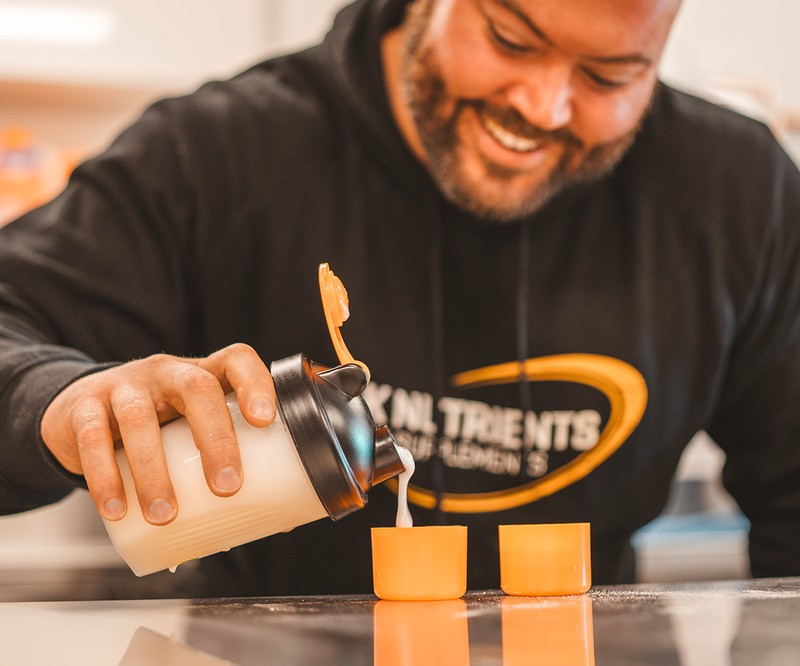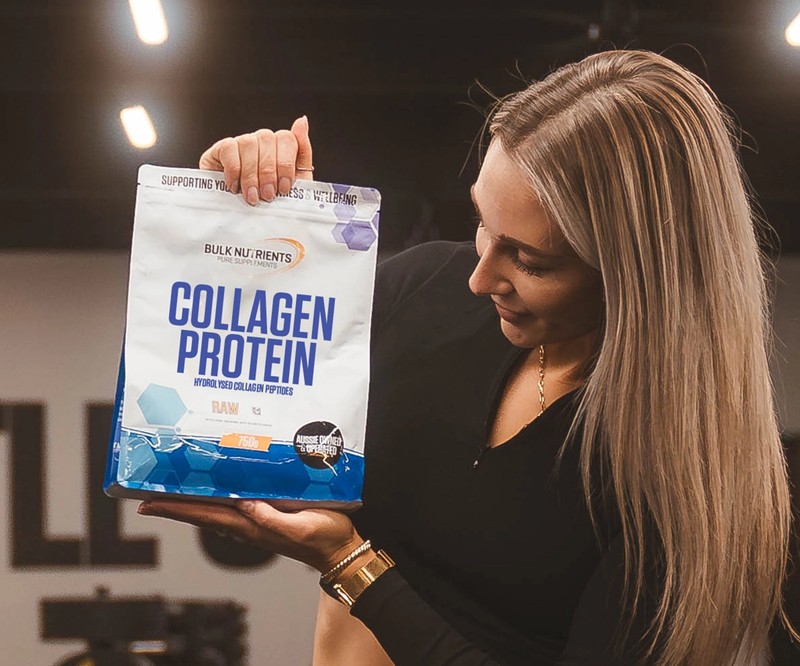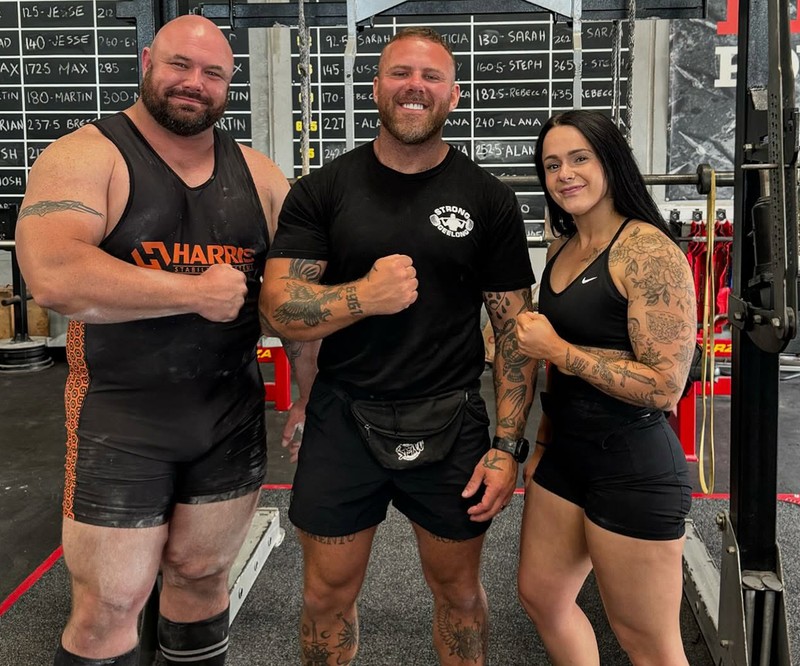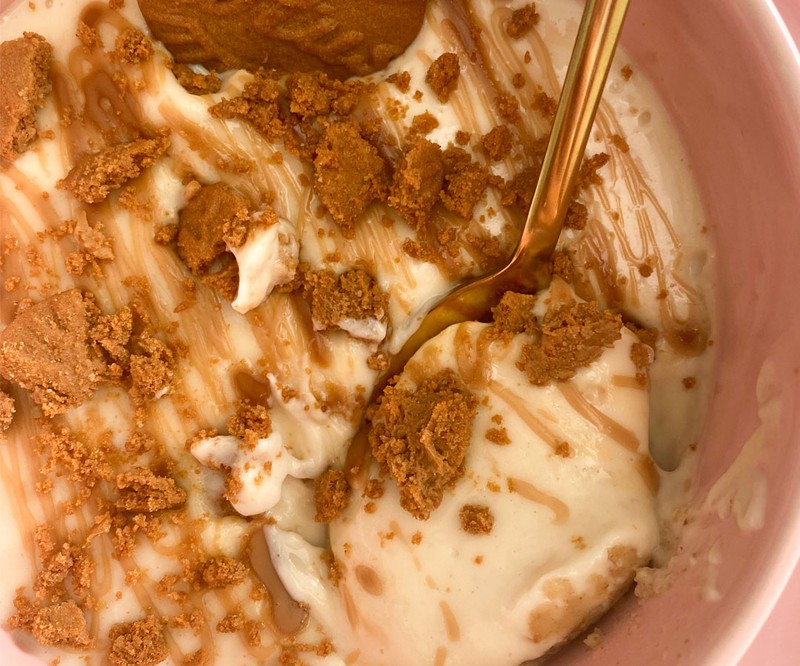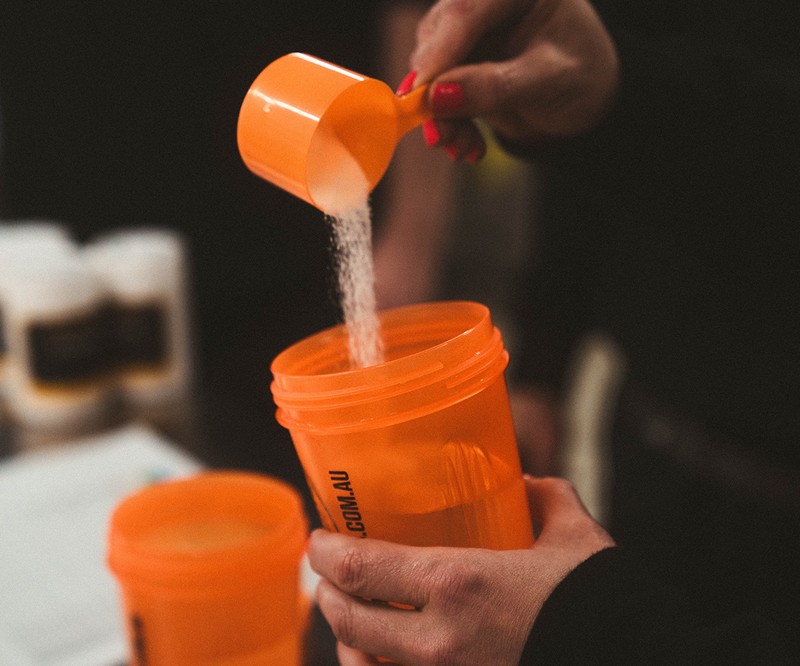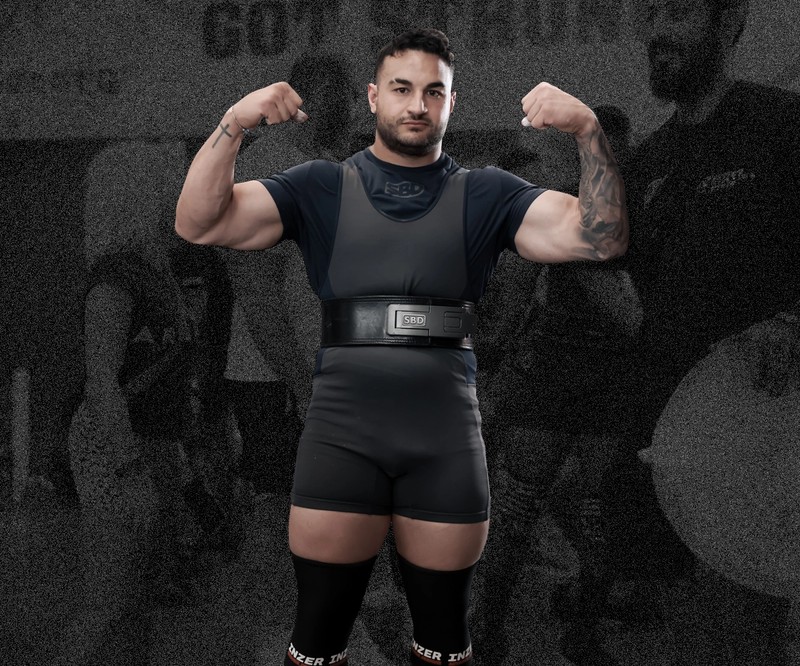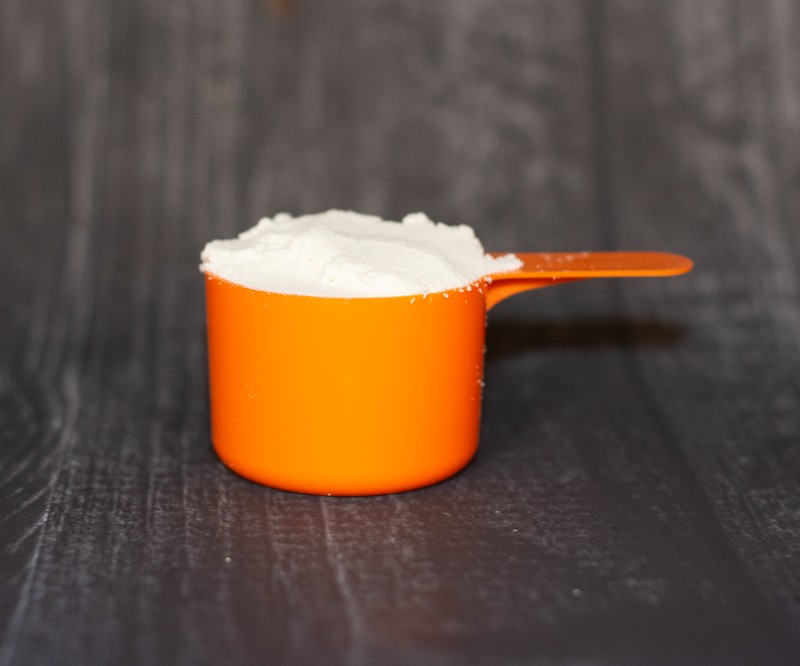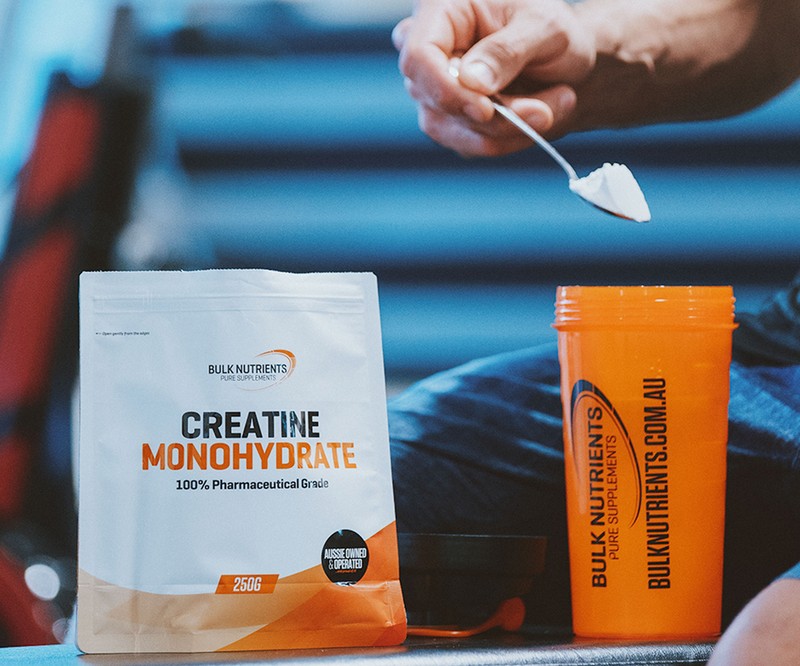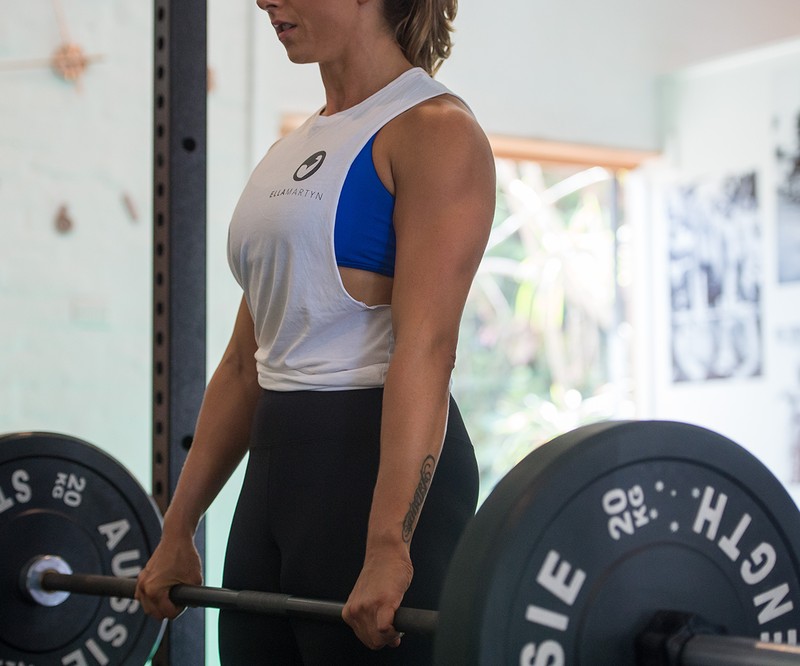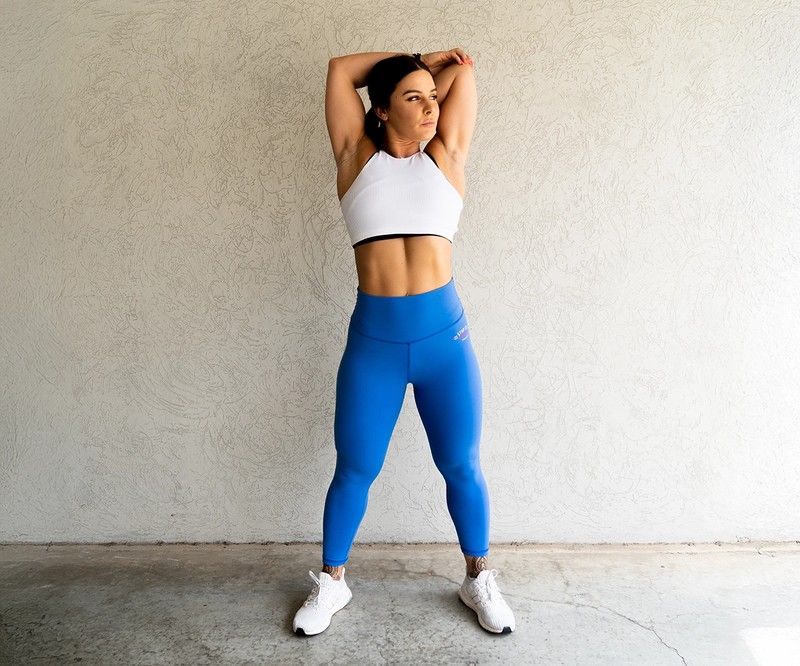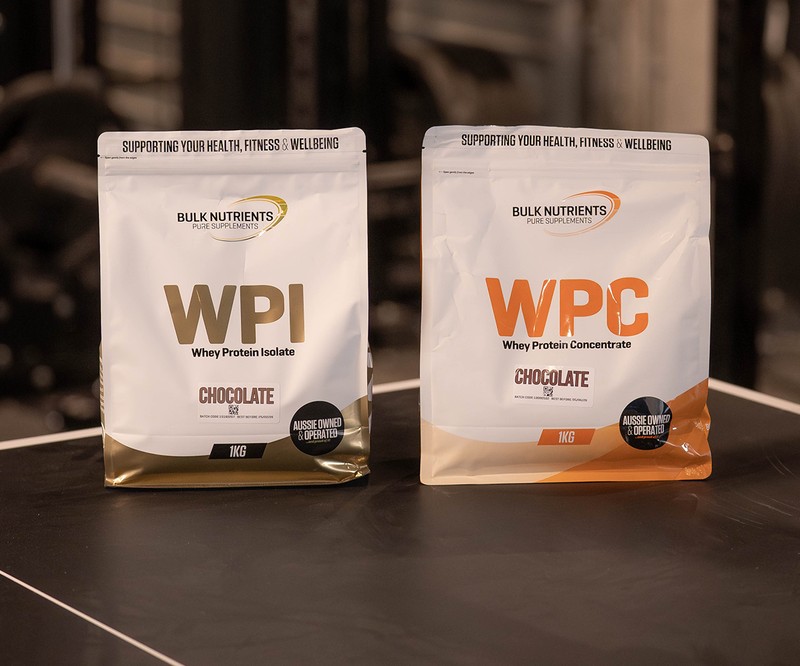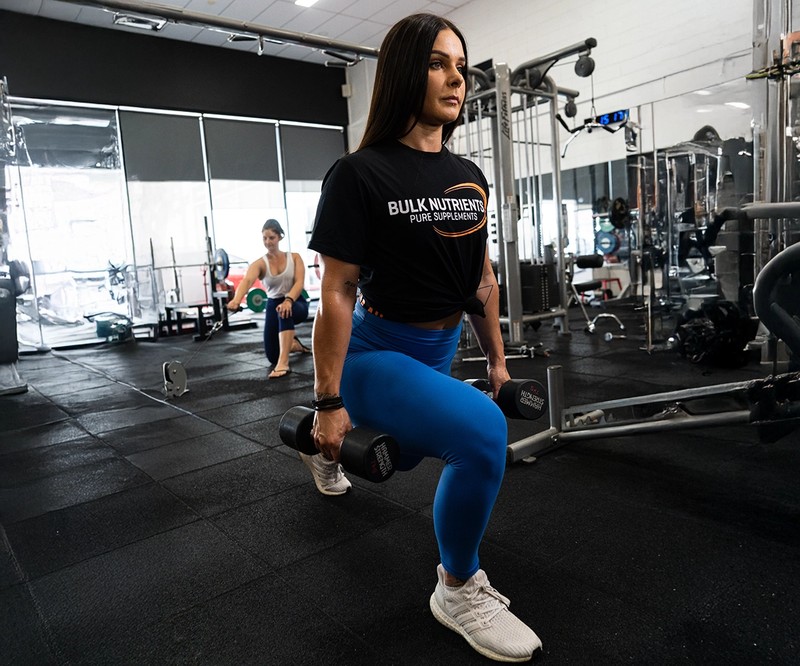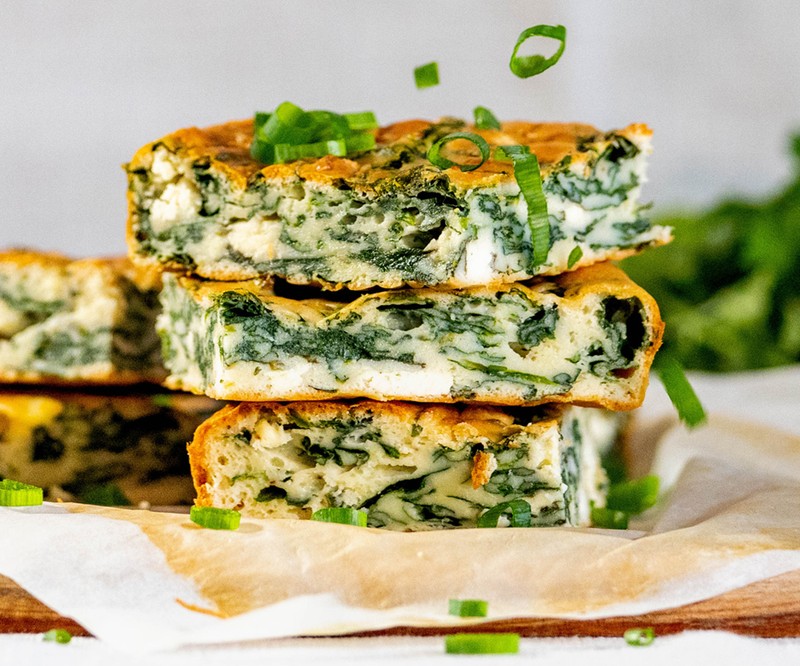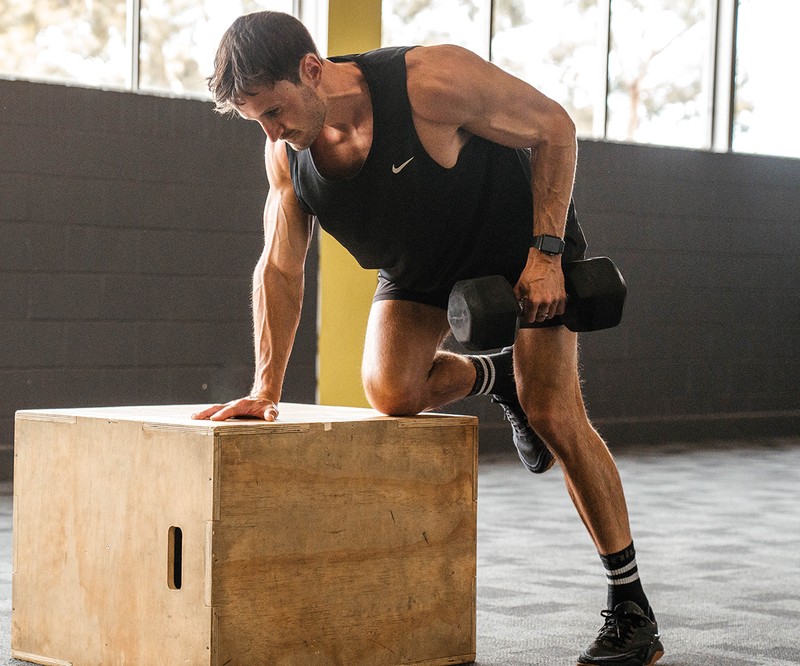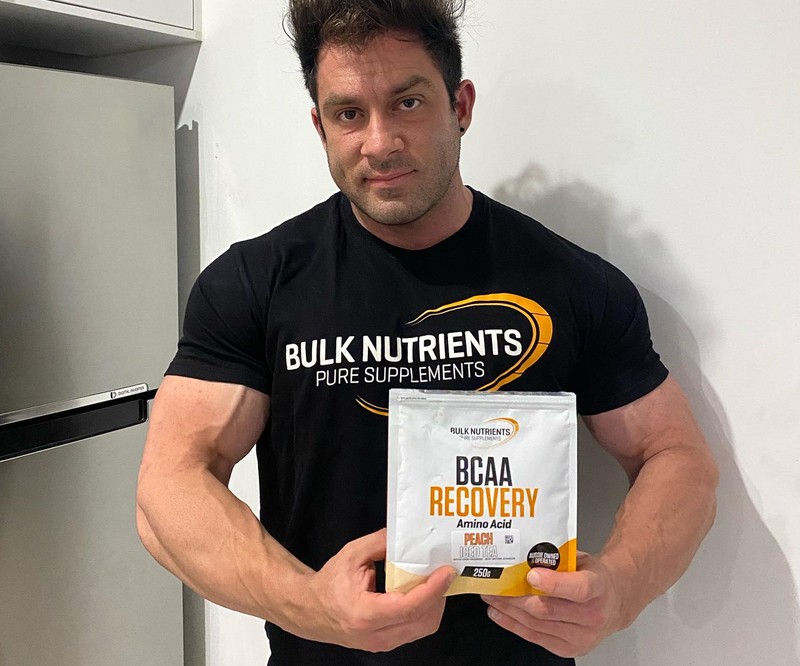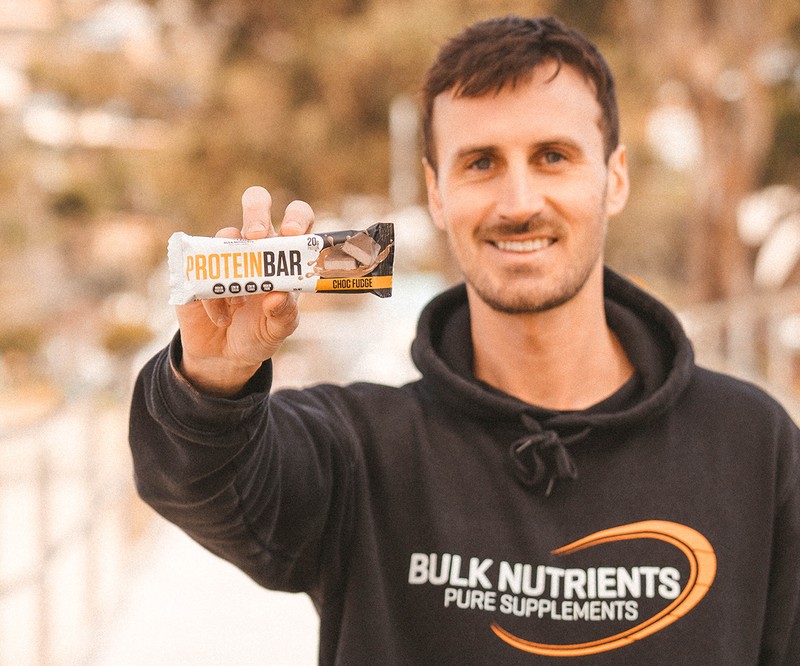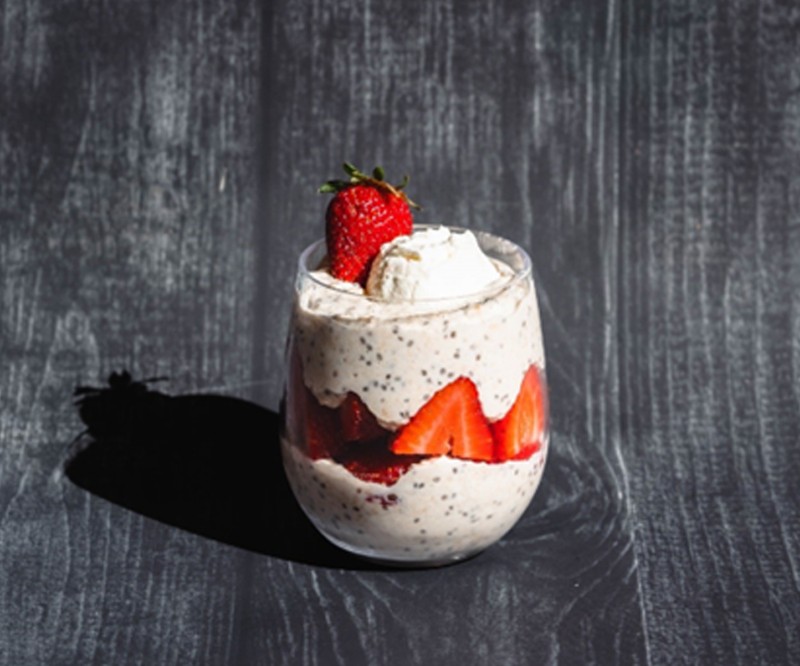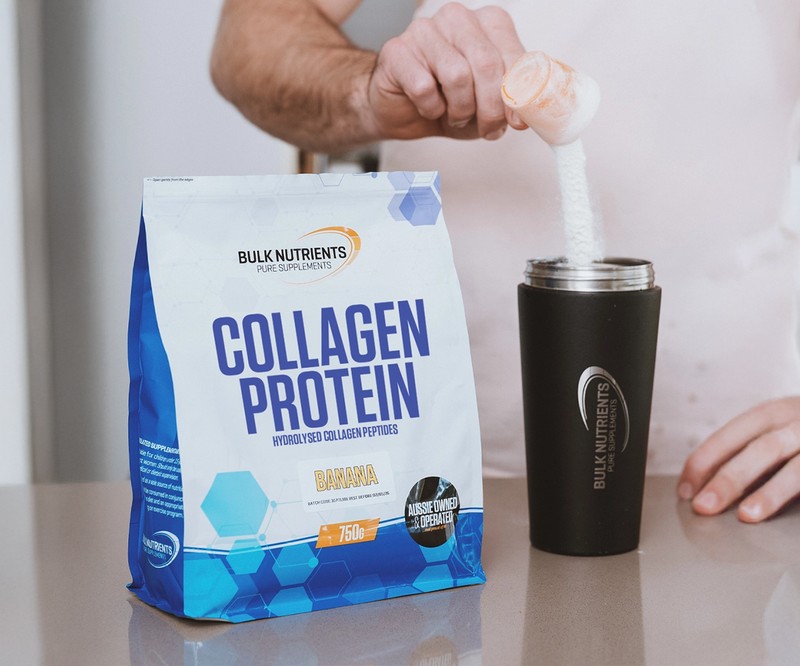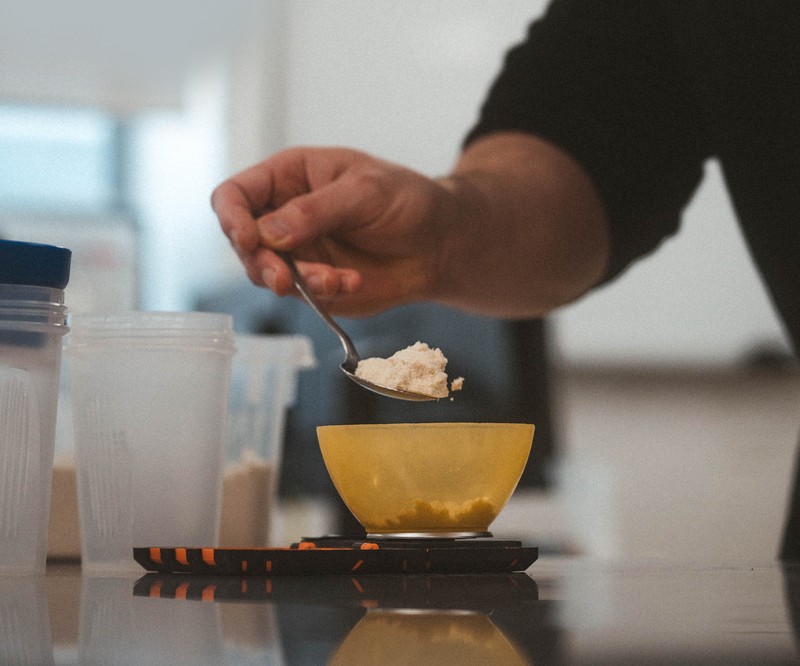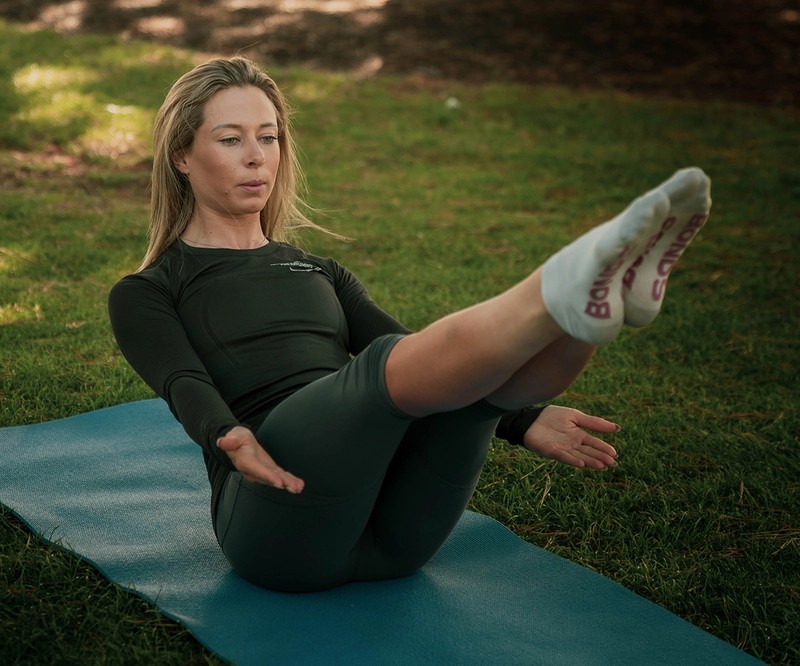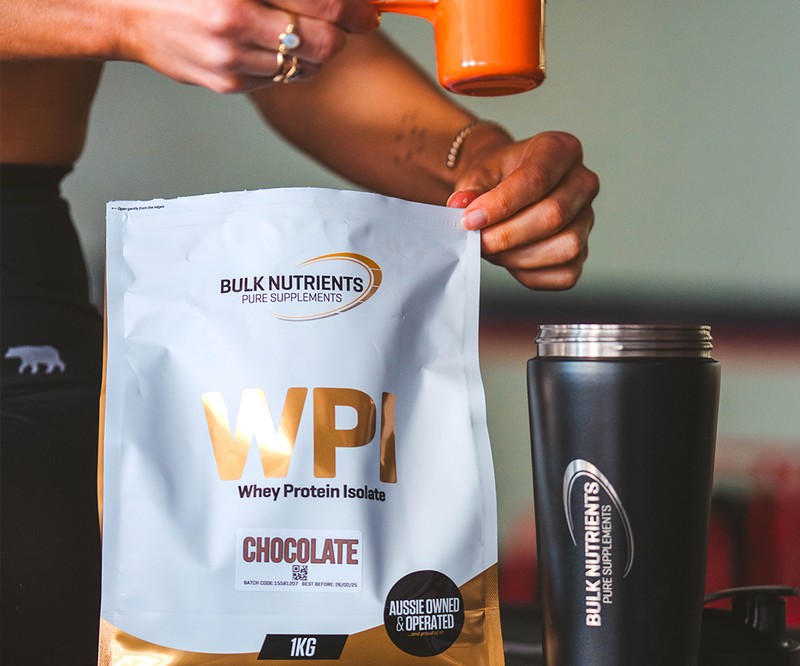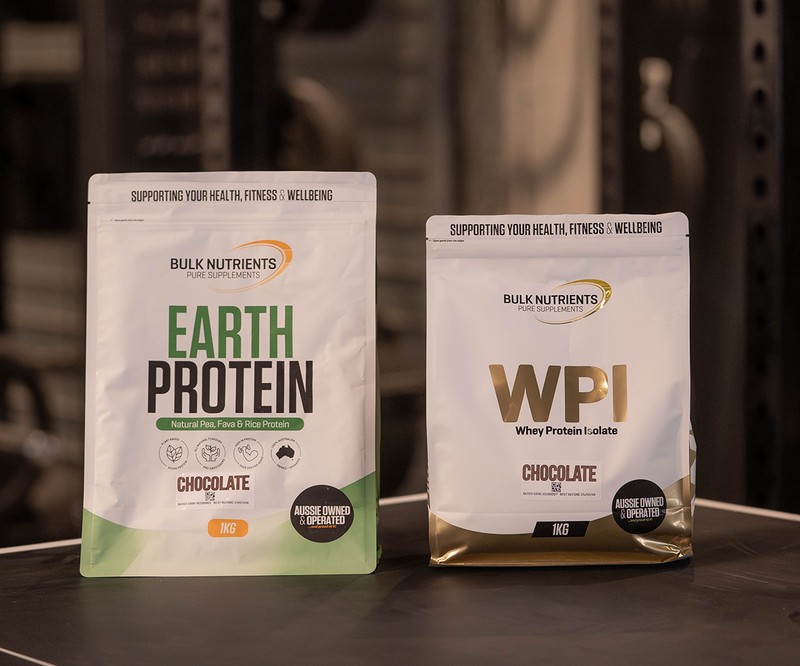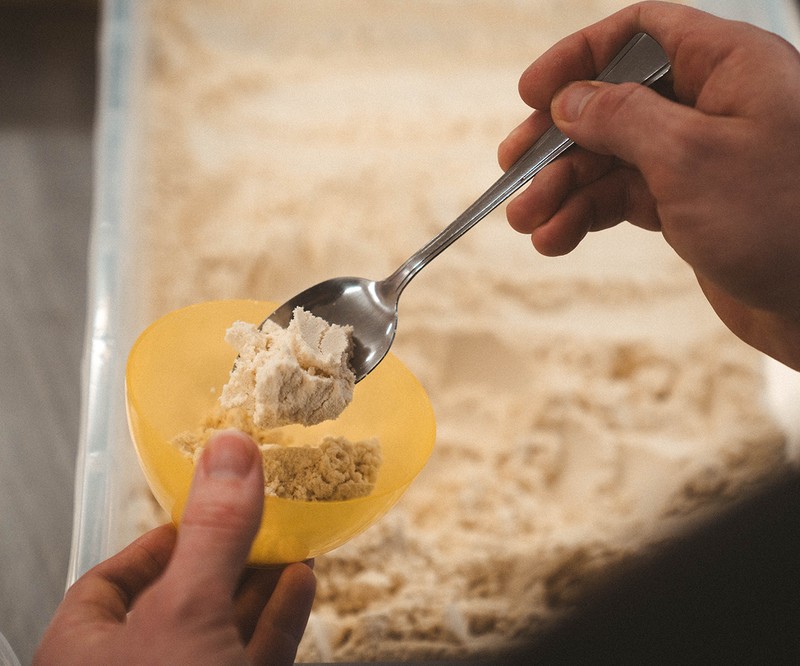Is HIIT Worth the Fuss for Fat Loss?
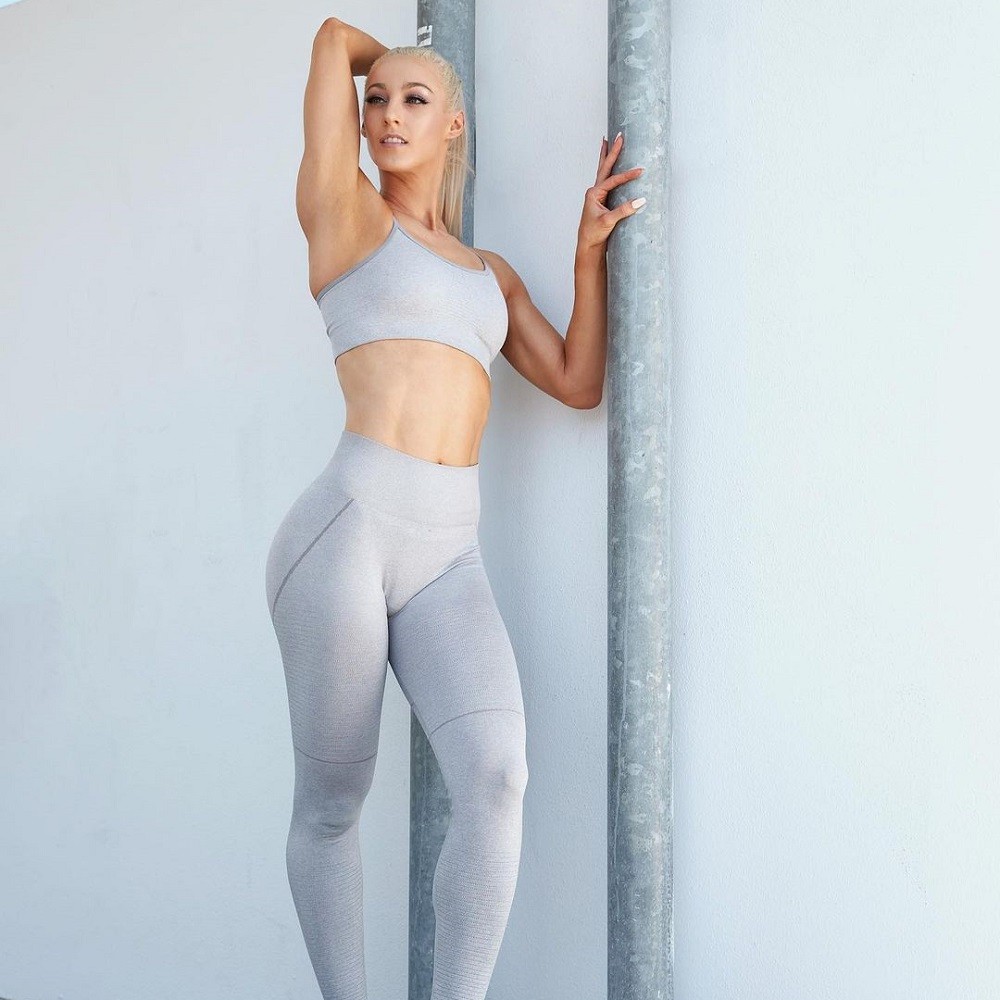
HIIT for fat loss?
For starters, HIIT stands for high-intensity interval training. This involves periods of flat out exercise, followed by a period of rest.
For example, 30 seconds of sprinting flat out, followed by 60 seconds of walking, jogging, or stationary rest.
Great, so how effective is it?
Well, it sure does burn a lot of calories.
In a 15 minute workout, you can push yourself to burn 150-200 calories (even more), which is helpful.
And given fat loss is all about a deficit of calories (regardless of whether they are from diet or exercise), then it sure helps.
But it's also a double-edged sword: HIIT is tough as hell to perform, and you can still burn the same amount of calories by going for a leisurely walk (albeit, for a lot longer).
That might be (depending on your weight, age, etc) a 50-60 minute walk, so it really depends on your lifestyle and how much time you have.
But does HIIT burn fat directly?
This is where everybody gets confused.
I can remember as a young man trying to get into shape, I, like many, thought cardio, specifically HIIT, DIRECTLY burnt fat.
So go for a torching HIIT session and it's akin to putting a blow torch to your belly fat.
But how true is this?
Well, when you work at around 82% of your VO2 max (which would be the case for most during HIIT), a minimal amount of fat is burned because carbohydrates are preferably used for energy.
And more fat is burned INITIALLY during a LOWER heart rate, for example, walking.
Wait, what?
Does that mean HIIT is not worth it? If it only burns carbs? So relaxed and leisurely cardio would be better, right?
Well, no.
Because HIIT burns a lot of calories, and in a shorter period.
And the fat loss from BOTH approaches (HIIT vs walking) evens out after 24 hours. Which makes it more or less a dead heat.
This study, which had two groups burn the identical amount of calories to the tune of 40% VO2 max, or 70% VO2 max, taught us this.
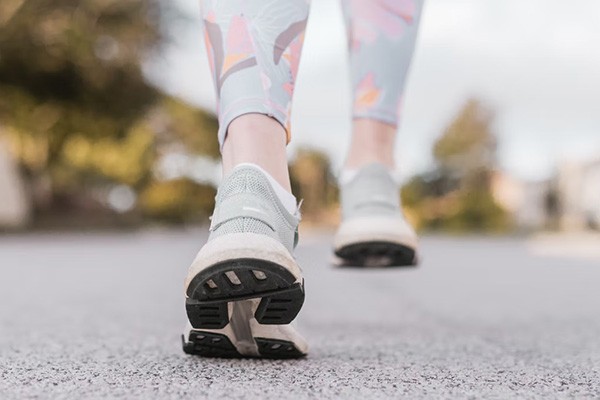
So which type of cardio is better for you?
The answer is, whichever one you prefer. If it's for weight loss only, a leisurely walk will do the trick.
If it's for cardiorespiratory fitness, HIIT will get the goodies every time, obviously.
The myth of the afterburn effect of HIIT
When HIIT first came out, people flocked to the parks, beaches, even huge companies were set up to facilitate HIIT classes.
The promise was a little squirt of HIIT meant you burnt calories for the "rest of the day!"
But what does science say?
Well, studies show that after performing HIIT, we can burn more calories for 3-24 hours... but only 6-15% of the calories burnt from the exercise itself.
So in the real world: 300 calories burnt from HIIT means you'll burn 15% of that at best; an extra 45 calories only.
That's not really worth writing to Santa about.
Moreover, a mammoth review into 6074 studies found neither HIIT nor steady-state cardio was superior for fat loss.
So, it begs the question, why would we do it?
The truth is for fat loss, HIIT isn't the best. You can create a deficit through diet only. And you can do low-intensity cardio if you want to burn extra calories.
However, you should do HIIT if you want to lose weight AND build cardiorespiratory fitness at the same time. Or, if you just love doing it.
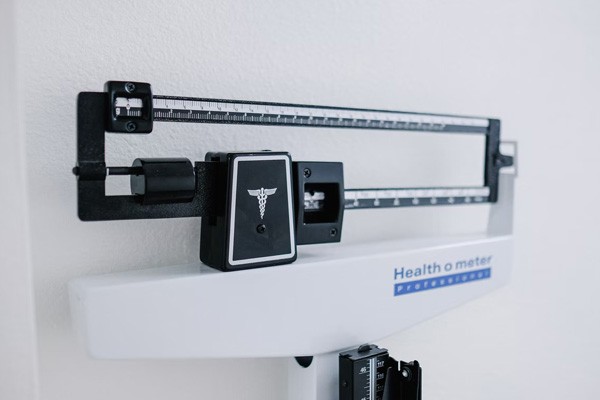
The bottom line on HIIT
Is that HIIT will burn the same amount of fat as a lower intensity cardio bout after 24 hours. Obviously, HIIT makes it possible to burn calories faster. Yet, the afterburn effect of HIIT is largely overrated; if you burn 300 calories burnt from HIIT you'll burn 15% of that at best, which is an extra 45 calories only. You should perform HIIT if you want to lose weight AND build cardiorespiratory fitness at the same time. Or, if you just love doing it.
References:
- Strasser B, Spreitzer A, Haber P. Fat loss depends on energy deficit only, independently of the method for weight loss. Ann NutrMetab. 2007;51(5):428-32. doi: 10.1159/000111162. Epub 2007 Nov 20. PMID: 18025815.
- Achten J, Jeukendrup AE. Relation between plasma lactate concentration and fat oxidation rates over a wide range of exercise intensities. Int J Sports Med. 2004 Jan;25(1):32-7. doi: 10.1055/s-2003-45231. PMID: 14750010.
- Melanson EL, Sharp TA, Seagle HM, Horton TJ, Donahoo WT, Grunwald GK, Hamilton JT, Hill JO. Effect of exercise intensity on 24-h energy expenditure and nutrient oxidation. J Appl Physiol (1985). 2002 Mar;92(3):1045-52. doi: 10.1152/japplphysiol.00706.2001. PMID: 11842038.
- LaForgia J, Withers RT, Gore CJ. Effects of exercise intensity and duration on the excess post-exercise oxygen consumption. J Sports Sci. 2006 Dec;24(12):1247-64. doi: 10.1080/02640410600552064. PMID: 17101527.
- Keating SE, Johnson NA, Mielke GI, Coombes JS. A systematic review and meta-analysis of interval training versus moderate-intensity continuous training on body adiposity. Obes Rev. 2017 Aug;18(8):943-964. doi: 10.1111/obr.12536. Epub 2017 May 17. PMID: 28513103.
Related Blogs

Do You Have to Do Cardio to Lose Weight?
Posted by Bulk Nutrients
Estimated reading time: 9 minutes
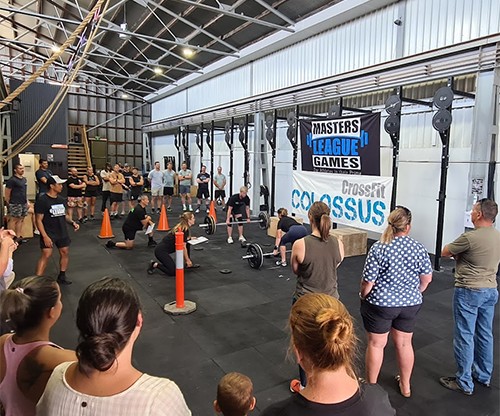
CrossFit: Bulk’s Guide to how it stacks up in 2024
Posted by Nick Telesca
Estimated reading time: 16 minutes

Are Ice Baths Worth Freezing For?
Posted by Bulk Nutrients
Estimated reading time: 6 minutes

